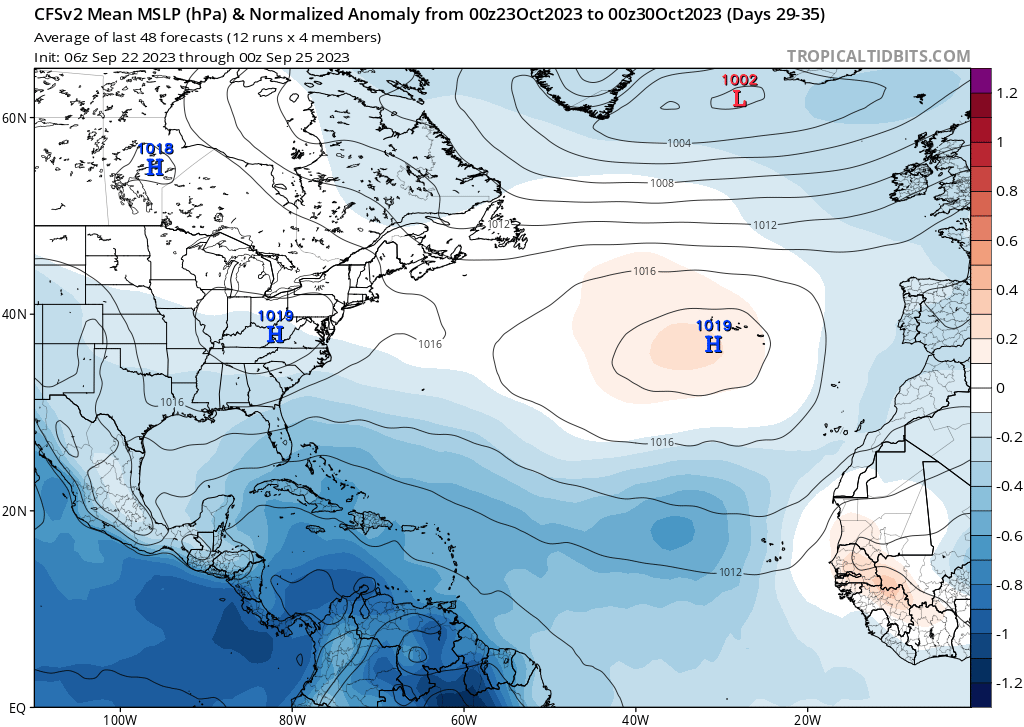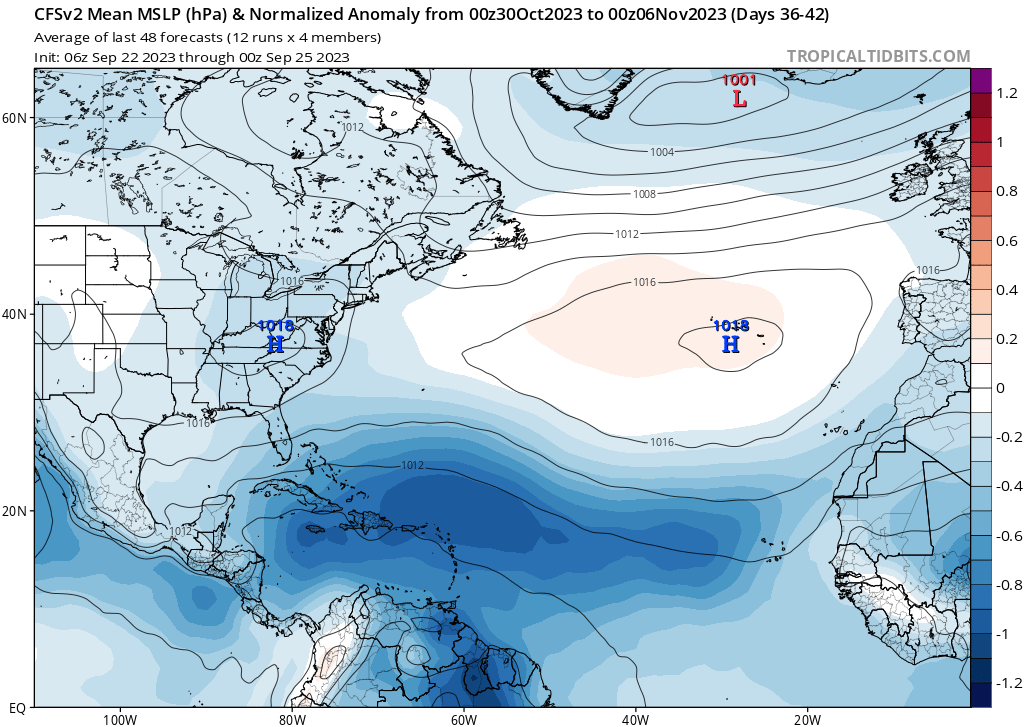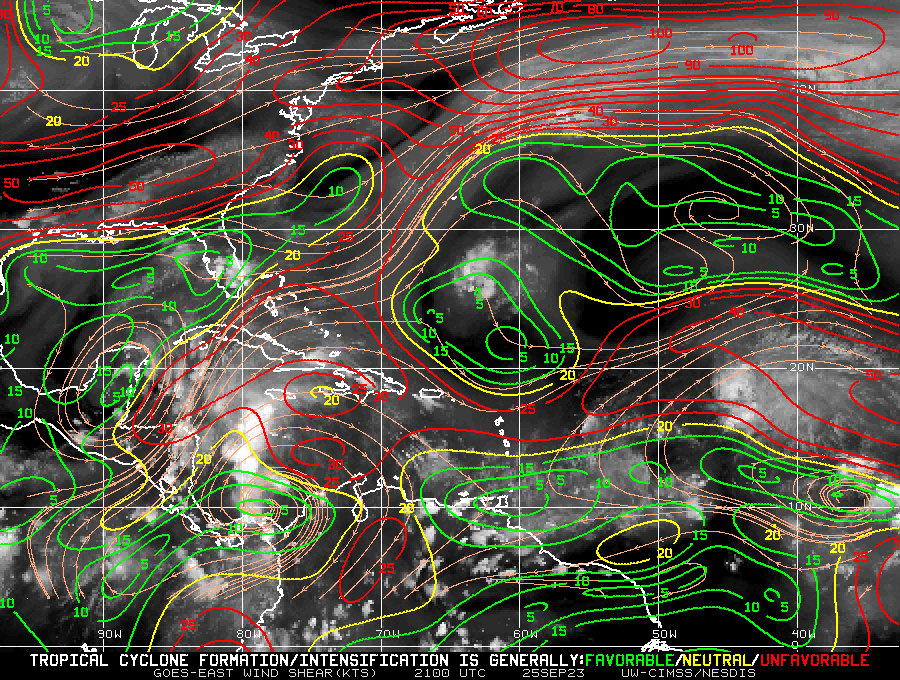tolakram wrote:Look back during the major hurricane drought. Same thing, just different. Everyone is convinced something has changed and everything will be different, and yet the same as it is now. These posts will look foolish a few years from now, just like 2013 redo predictions look foolish at the start of a busy season.
Predict slow season, get strong season, overreact.
Predict strong season, get slow season, overreact.
Works well on social media only.
While it is a mistake to make sweeping generalizations about the future based on the results of any individual hurricane season, it is an equally significant mistake to ignore clear evidence that tropical cyclone frequency/intensity is trending a certain direction over the span of decades, especially when there is an obvious and measurable scientific explanation behind the trend's existence. Yeah, our limited historical TC data beyond the past ~100 years makes it impossible to know precisely to what extent tropical activity on Earth has typically fluctuated on a century-to-century basis, but it doesn't take a PhD in climate science to realize that record high (and still rising) global SSTs are probably going to lead to a notable increase in the length/strength of the average hurricane season as time goes on.




















